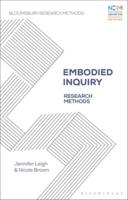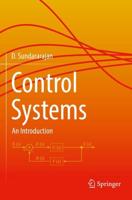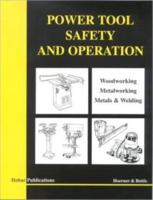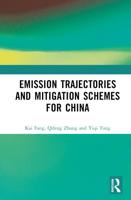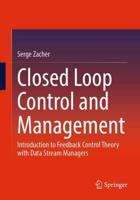Publisher's Synopsis
A new computer program has been developed called ASP3D (Advanced Small Perturbation 3D), which solves the small perturbation potential flow equation in an advanced form including mass-consistent surface and trailing wake boundary conditions, and entropy, vorticity, and viscous effects. The purpose of the program is for unsteady aerodynamic and aeroelastic analyses, especially in the nonlinear transonic flight regime. The program exploits the simplicity of stationary Cartesian meshes with the movement or deformation of the configuration under consideration incorporated into the solution algorithm through a planar surface boundary condition. The new ASP3D code is the result of a decade of developmental work on improvements to the small perturbation formulation, performed while the author was employed as a Senior Research Scientist in the Configuration Aerodynamics Branch at the NASA Langley Research Center. The ASP3D code is a significant improvement to the state-of-the-art for transonic aeroelastic analyses over the CAP-TSD code (Computational Aeroelasticity Program Transonic Small Disturbance), which was developed principally by the author in the mid-1980s. The author is in a unique position as the developer of both computer programs to compare, contrast, and ultimately make conclusions regarding the underlying formulations and utility of each code. The paper describes the salient features of the ASP3D code including the rationale for improvements in comparison with CAP-TSD. Numerous results are presented to demonstrate the ASP3D capability. The general conclusion is that the new ASP3D capability is superior to the older CAP-TSD code because of the myriad improvements developed and incorporated. Batina, John T. Langley Research Center NASA/TM-2005-213909, L-19159 23-090-50-70



